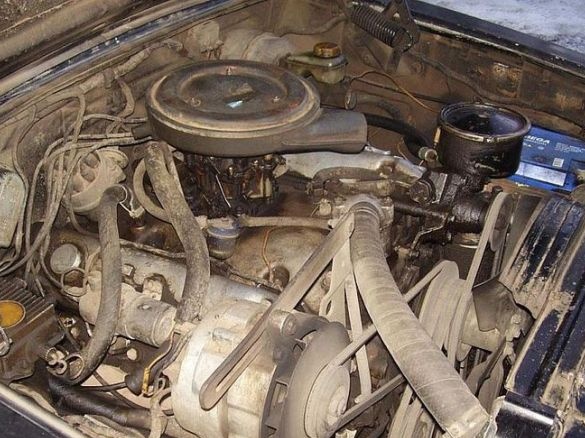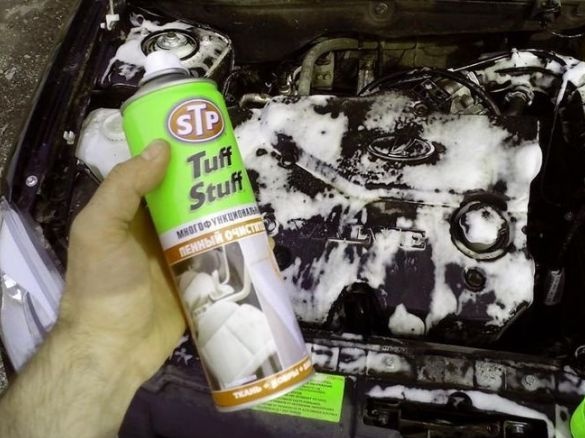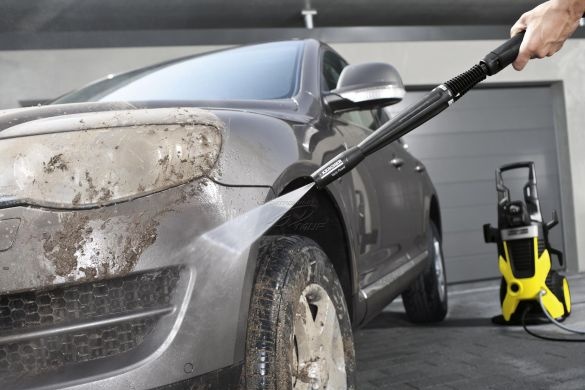Such pollutants include motor oil, which the owner accidentally spilled on the engine during its repair or level measurement. It can also be brake fluid and other substances. Subsequently, dust begins to stick here and a thick layer of dirt forms.
First of all, dirt (if it is a thick layer) interferes with heat dissipation, especially for cooling systems and the engine block. Dirt on the power and ignition systems can completely interrupt the engine.
Among other things, washing the engine is simply a must when it is fully or partially repaired. In this case, it must be washed to perfect cleanliness, otherwise all this dirt will very easily get into the system. And finally, the engine is often washed when selling a car to show its care auto sellers. So how do you remove all this dirt do it yourself? Now let's try to figure it out.
What you need to have for washing the engine:
- water (necessarily warm or hot, it is desirable that it is supplied under pressure);
- brushes, rags of different sizes;
- a bucket or other container for mixing detergent;
- diesel fuel or gasoline (for cleaning the most problematic places);
- masking tape.
Engine wash process:
Step one. Choose a detergent
First of all, you need to decide what to wash the engine with. It is important to understand that all this oil and dirt is not so easy to wash off, rather aggressive substances are needed here. At least for these purposes, you need washing powder, you need to make a concentrated emulsion from it and apply it to the engine for a couple of minutes or even hours. During this time, the active substances of the powder will dissolve the oil, and the dirt can be washed off.
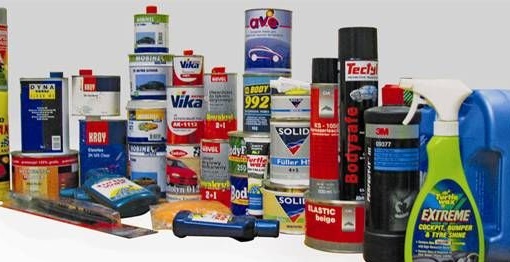
Also, those substances that usually wash dishes, such as Feri or its analogues, are also great for washing the engine. They are specifically designed to dissolve oils in the shortest possible time.
If you approach the washing process more professionally, then for these purposes in car chemistry there are already many ready-made solutions.
What you do not need to use when washing the engine
When washing the engine, it is not advisable to use gasoline, thinner or other flammable substances. Even if you approach the process with extreme caution and turn off the mass, a small discharge of static voltage can very easily ignite gasoline vapors and the car will burn out in a matter of minutes. Therefore, it’s not worth the risk. Gasoline can only be used to clean certain places where ordinary detergent can not cope.
Step Two Engine wash tool
To clean the engine, you need a good pressure of water to wash away all detergent and dirt. Some car owners wash the engine with Karcher, but you need to be careful here, because the water pressure is too large and you can accidentally fill in some sensors and other elements.
Step Three My engine
Before washing the engine, remove the protective plastic cover (if any). Then, masking tape is taken and the connection points of the sensors are sealed with it. Also, you need to carefully consider the air intakes, the generator and other elements of electronics. It is important to understand that the wires coming from the computer have a low current, so even a slight water ingress can lead to a short-term malfunction.
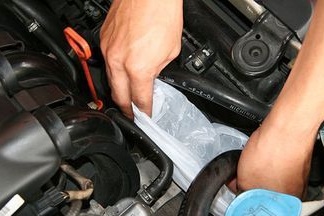
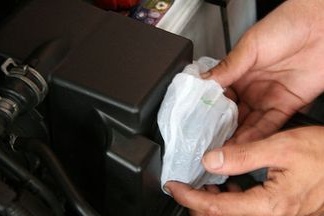
If the engine is washed in the cold season, it is advisable to warm it up to a temperature of 40-50 degrees, but no more.
First of all, the car must be put in such a place so that all this dirt does not harm the environment or pollute the territory. Such work should be carried out in places where there is a special drain.
Detergent must be diluted in hot water and then applied to the engine. If the water is cold, the effectiveness of the fight against dirt will decrease.
After applying the detergent, wait a while for the dirt to dissolve. After a while, you can take rags, brushes and wash the engine, where of course it is possible. Subsequently, the engine is thoroughly washed with a good stream of water and all dirt is completely washed off.
After the engine is washed, it must be allowed to dry and do not forget to remove masking tape. You can dry the motor in the sun by opening the hood. Also for these purposes, a compressor or an analog of a hairdryer, for example, an electric heater with a propeller, is excellent. Before starting the engine, it is advisable to turn the ignition on and off a couple of times.
In general, car owners recommend washing the car’s engine at least once a year.

